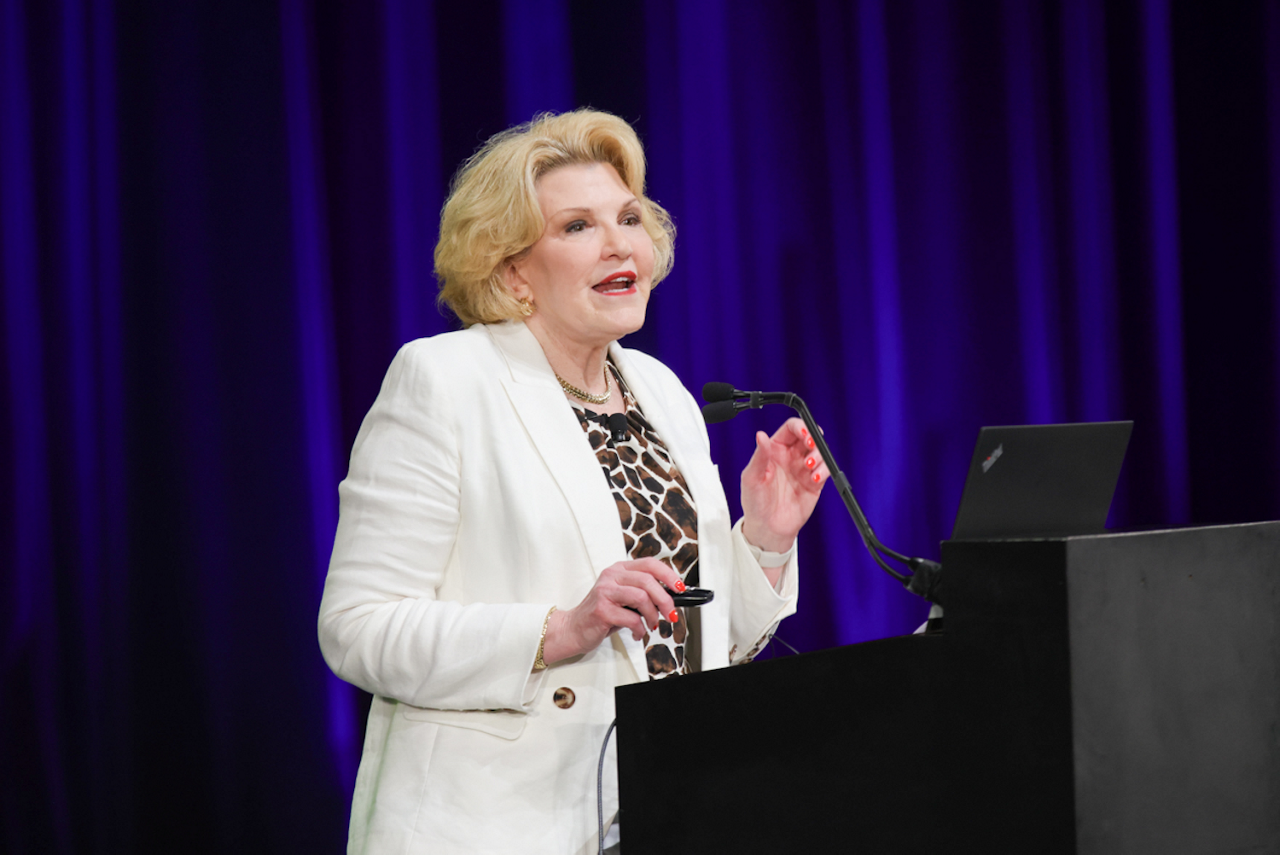It’s long been assumed that once companies curb gender inequality in the workplace, gender bias will be reduced, and organizational progress will follow.
With that in mind, almost all Indian companies have committed to gender inclusion & diversity (I&D). They have flexible and equitable policies, conduct anti-bias training, promote gender quotas, and firmly subscribe to merit-based ideals to promote and advance employees in the workplace.
On the surface, it may seem like gender equality is within reach. More women than men are reportedly graduating with higher education degrees, and fewer women quit work mid-career to take on domestic responsibilities. Additionally, women's representation in leadership positions is increasingly, albeit gradually, improving. For example, women CEOs now lead 11% of the companies on the 2025 Fortune 500 list, up from 10% in 2023.
Still, gender bias and gender inequality issues continue to persist. They remain visible in wage disparities, unequal representation of women in leadership positions, and microaggressions against women belonging to marginalized or underrepresented groups.
Despite investing time, energy, and resources into reducing gender bias, why are organizations still struggling to drive meaningful outcomes?
This article examines the persistent obstacles hindering organizations’ concerted efforts to curb gender bias and inequality in the workplace.
Impact of Implicit Gender Bias on Women in the Workplace
The following list sheds light on the challenges women continue to face in the workplace due to systemic gender bias and stereotypes:
Wage disparities: The gender pay gap continues to be one of the most apparent signs of gender inequality issues. In India, women, on average, earn less than 40 rupees for every 100 rupees men earn, according to the World Economic Forum (WEF) report, having closed 64.1% of its gender gap in 2024. These disparities often begin at the hiring stage, where women’s salary expectations tend to be lower than those of equally qualified men. Countless studies show that identical resumes yield different outcomes if the name at the top indicates a different gender, race, or religion. The gap widens throughout careers as fewer women advance to leadership positions, offering higher compensation packages.
Obstacles to promotion due to gender discrimination: A significant gap still exists between the number of men and women in leadership positions. Women encounter barriers to advancement early in their careers (typically at the entry and mid-management level), which become more pronounced as they climb the corporate ladder. According to UN Women, women hold just 28.2% of management positions in the workplace globally. This early obstacle to promotion creates a self-perpetuating cycle, leading to a long-term talent gap, limiting women’s ability to progress into executive positions.
Microaggressions and harassment: Gender stereotypes continue to manifest in workplace dynamics in the form of sexism, harassment, and microaggressions. These could be unconscious, slight, sexist remarks; underestimation by colleagues and clients; patronizing behaviors; or outright sexual harassment. According to the NCRB (National Crime Records Bureau), the victim tally for workplace sexual harassment against women has increased from 402 in 2018 to 422 in 2022. Such instances create unsafe environments for women to perform confidently or progress in their careers. Women from marginalized or underrepresented groups may be significantly more impacted by gender stereotypes that are compounded by racial stereotypes.
Why Gender Bias Persists in the Workplace
The following are the primary reasons why gender bias persists in organizations despite their well-intentioned efforts:
- Meritocracy paradox
While many employers value and employ meritocratic ideals in promotion and compensation decisions, these practices may be counterproductive to I&D principles.
Meritocracy—assigning power and advancing people based on their skills and talent—seems fair in theory, but it has paradoxical implications. Meritocracy does not factor in implicit bias and stereotypes, such as manager bias in performance evaluations. A growing body of research shows that men and women are recognized and rewarded impartially despite equal contributions in teamwork. Performance evaluations lead to greater rewards and faster advancement for men than women in many organizations.
Inadequate impact of I&D training
The emphasis on I&D is a well-intentioned step towards gender diversity. However, these training sessions don't necessarily shift daily behavior. They raise short-term awareness but rarely have a long-term impact on people’s mindsets, which is, in fact, the ultimate goal. Eliminating gender bias and stereotypes requires changing how organizations do things and bringing about transformations in people's behaviors through systemic interventions.
Lack of awareness
The lack of awareness and education about the damaging effects of gender bias—at home, in social expectations, and in the workplace—significantly contributes to perpetuating the status quo. Children internalize these norms and stereotypes early on, often by observing family dynamics, which informs their views of gender roles and leadership. As these biases and outdated ideas become deeply ingrained in people, they have staggering ripple effects, including fueling gender inequality in the workplace and limiting women’s agency, costing economies billions in lost GDP.
What Organizations Need to Do to Curb Gender Bias
Having equal or even higher representation of women in an organization does not transform their experiences of gender bias. Bias is built into the system and persists even when women outnumber men. However, leaders can use this knowledge to construct gender-equitable practices and workplace environments that minimize bias.
A few effective practices that target bias and gender inequality in the workplace include:
1. Adopting fair and inclusive reward structures
While the often-popularized meritocratic systems like pay-for-performance or billable hours may appear fair, they can ironically accentuate gender disparities. Managers in cultures emphasizing meritocratic values may unintentionally act on biases, such as awarding women smaller bonuses.
Therefore, it is more effective to rely on equitable and cooperative reward systems that value diverse contributions toward business objectives. For instance, business units should be evaluated based on their performance and the success of peer units to encourage employees to support and collaborate with their colleagues.
2. Prioritizing collaboration over competition
Competitive leadership often fosters a negative interdependence among employees. In extreme cases, this can have the unintended consequence of a zero-sum mindset, the idea that one person’s success comes at another’s loss. Such environments can discourage employees from cooperating with their peers or supporting them.
Senior leaders should model collaborative behavior and actively incentivize teamwork, support, and cooperation. Doing so ensures that everyone, including women, is aligned and working together toward shared goals.
3. Systemic transformations
Gender-transformative strategies and gender perspectives should be integrated into practices, processes, and initiatives from conceptualization to execution. For instance, mentorship and sponsorship programs should ensure women in the workforce have access to mentors and sponsors with similar backgrounds and perspectives to enable emotional intelligence and psychological safety.
Companies must implement dedicated and flexible policies that support the retention of diverse women employees in the workforce, such as those with parental or caregiving responsibilities, LGBTQ+ employees, workers belonging to other disadvantaged and marginal communities, etc.
4. Modelling inclusive behaviors and leadership
Eradicating implicit gender bias and stereotypes requires transforming mindsets and behaviors. Beyond I&D training, those in positions of authority (senior management and executives) must actively model inclusive and bias-free behaviors in everyday interactions (meetings, one-on-ones, seminars). This means using inclusive language, creating psychologically safe spaces for fearlessly sharing ideas and opinions, and advocating equitable mentorship and sponsorship opportunities.
Senior leaders need to discuss the value of complementary skills and diversity in strengthening teams and communicate the organization's commitment to inclusivity and equity.
Conclusion
Often, policies and initiatives implemented to address gender inequality in the workplace run counter to the principles of gender diversity and equality. The lack of awareness of implicit bias and the inability of I&D training to bring lasting change further add to gender inequality issues.
Successfully addressing gender bias and gender inequality issues in corporate spaces requires a long-term, strategic approach that targets bias at its root. Integrating gender-transformative strategies and a gender lens across all levels, practices, and processes is necessary.




